Land-to-lake micronutrient transfer in east Africa
Sophia shares her experience from her first year as a PhD student with the Inorganic Geochemistry Facility
18/03/2021 By BGS Press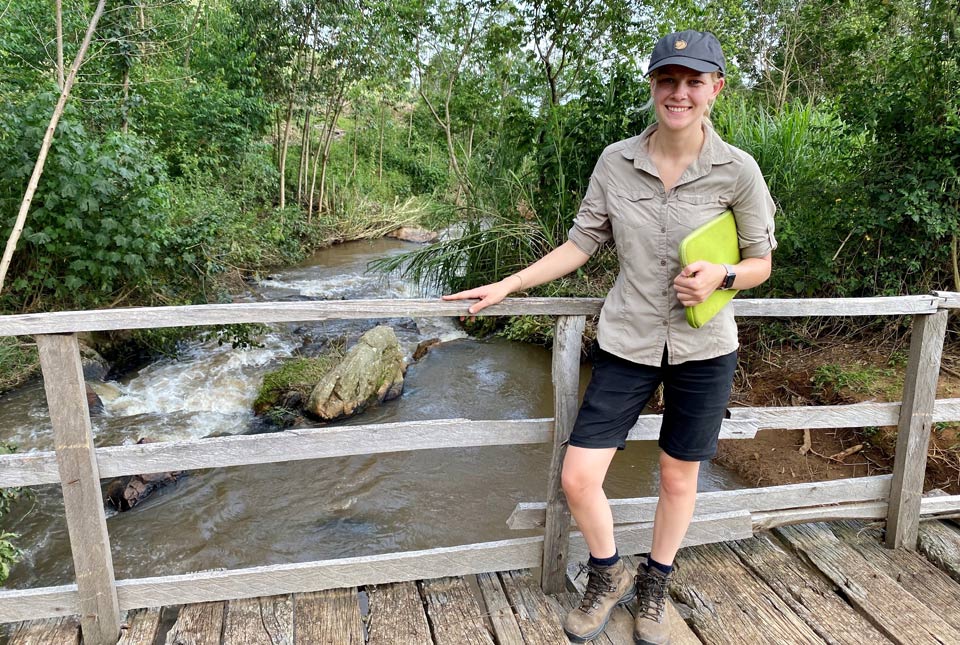
The first year of my PhD has been very exciting, although not without its challenges. In November 2019, one month into my PhD, I travelled to Kenya for the first time. This fieldwork provided initial training in sample collection via the Geochemistry and health in the Kenyan Rift Valley project. With the help of our counterparts at the University of Eldoret, I had the opportunity to scope out some potential experimental soil erosion plots in the Oroba Valley, Nandi County, western Kenya (Figure 1).
The escarpment area of western Kenya is rapidly being converted from native forest into farmland, with the Oroba valley representing differing time periods for land clearance between one and more than 80 years. It was clear from our visit that the local residents were feeling the effect of soil erosion in the area, with one family having recently lost their crop due to heavy rainfall washing away the terraces they had built earlier in the year. This land degradation is not only devastating for the farmers in the area, but the soil also has the potential for loss of nutrients and transfer of metals into the river catchment, with consequences for aquatic biogeochemistry in the Winam Gulf of Lake Victoria.
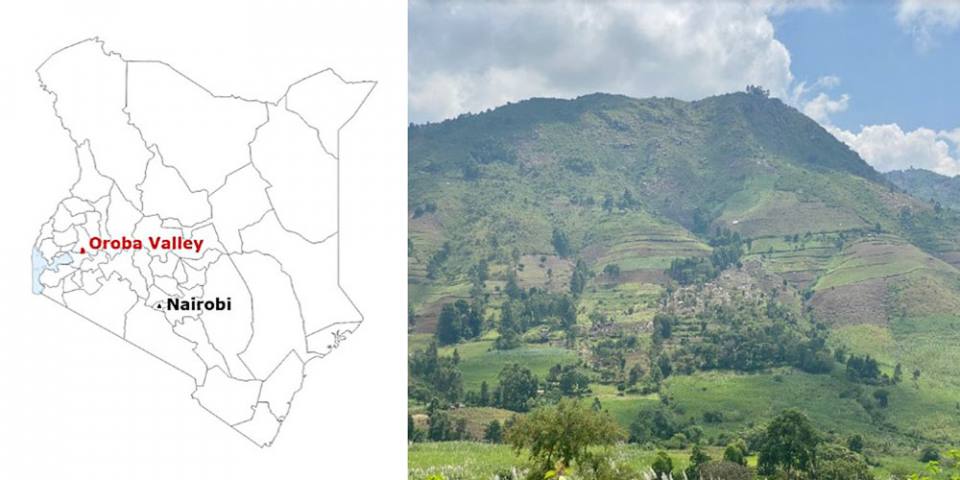
Figure 1 The Oroba valley, Nandi country, Kenya.
The analysis of these pilot samples indicated that the valley would be an ideal area to model soil erosion processes occurring over differing timescales, within the Lake Victoria catchment. In March, I travelled back to Kenya with Dr Olivier Humphrey to revisit the Oroba valley and begin reference site sampling. During this trip I also had the opportunity to scout out some interesting areas with differing land management practices, for more intensive soil erosion plots in the future.
Unfortunately, this field trip had to be cut short by a couple of days because of the global lockdown due to COVID-19 and a need to return to the UK. However, I was fortunate enough to have collected the planned 10 soil cores to a depth of 30 cm (Figure 2) enabling me to continue work through the summer and autumn of 2020.
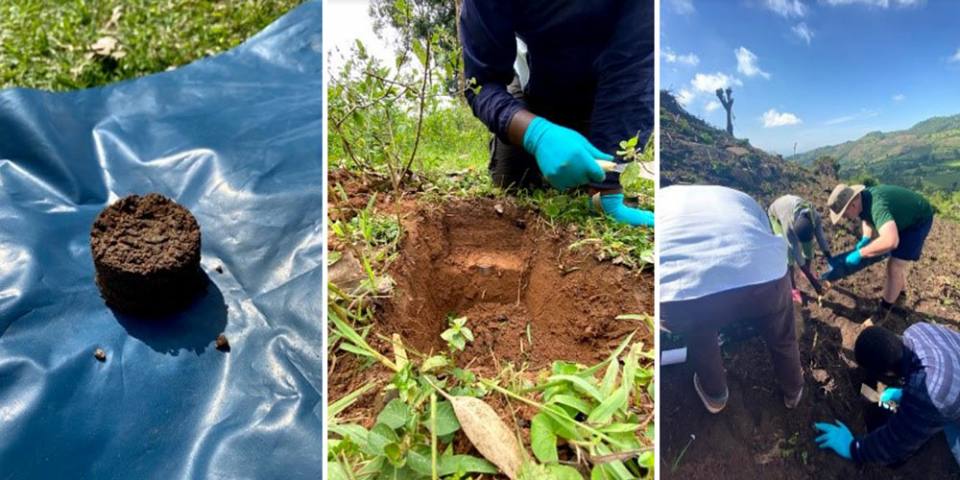
Figure 2 Soil core sampling for the determination of radionuclide inventory.
This summer has been somewhat mixed: the lockdown has not enabled me to undertake follow-up fieldwork in June and October, yet I have been able to progress with the laboratory analyses. These included chemical analyses of the samples, with emphasis on gamma spectroscopy to determine the radionuclide inventories of both Cs-137 and unsupported Pb-210 in the collected soil cores.
The data can then be used to determine the extent of soil redistribution processes. The use of these radionuclides as soil erosion tracers have limitations in the southern hemisphere, so I am investigating the possibility of using Pu-239 and Pu-240 as alternative tracers of soil redistribution. To do this, alongside members of the BGS Inorganic Geochemistry team, I will be developing a working method for the pre-concentration and rapid analysis of plutonium isotopes on the inductively coupled plasma mass spectrometer. This will then allow me to determine the best method for quantifying soil redistribution processes and relate the extent of soil erosion with the soil-micronutrient losses and ultimately soil land-to-lake transfers of metals/nutrients to the Lake Victoria catchment.
This work is a progression from previous geochemistry and health work in western Kenya and is interlinked with a Royal Society international collaboration through to 2022 to identify lake-to-land transfers resulting from land-use changes and soil erosion, subsequent impacts on fisheries and the growing aquaculture industry in Lake Victoria. Ultimately, this work will inform consequences for agricultural productivity, nutritional potential of staple foods and aquatic biogeochemistry, with a link to mitigation steps tested by colleagues in Tanzania.
About the author
My name is Sophia and I am a BUFI PhD student based within the BGS Inorganic Geochemistry Facility in Keyworth. My research is entitled ‘Micronutrient and pollution transfer in east African lake catchments‘. This PhD is in partnership with the University of Plymouth and is funded by the NERC ARIES doctoral training programme. Before beginning my PhD, I completed a BSc in chemistry at the University of Surrey, during which I completed a placement year within the BGS Inorganic Geochemistry team (see my previous blog) and this is what first sparked my interest in environmental geochemistry.
Relative topics
Latest blogs
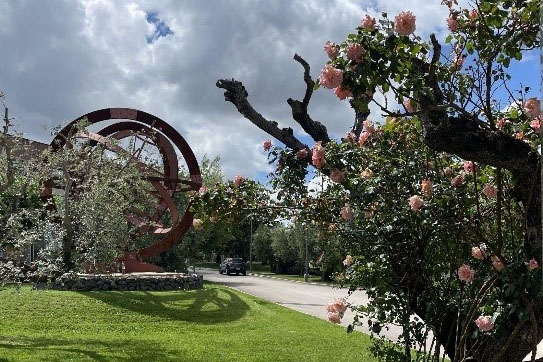
AI and Earth observation: BGS visits the European Space Agency
02/07/2025
The newest artificial intelligence for earth science: how ESA and NASA are using AI to understand our planet.
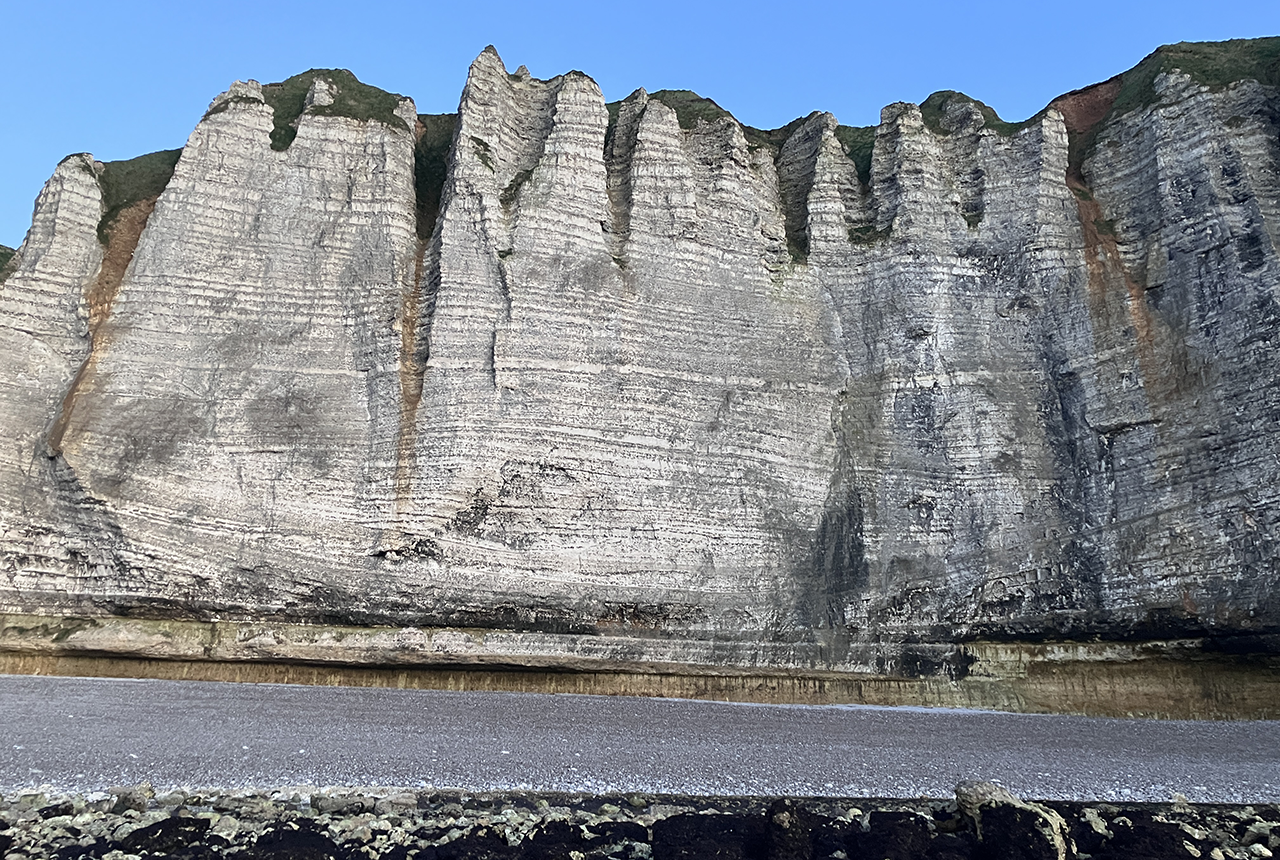
Geology sans frontières
24/04/2025
Geology doesn’t stop at international borders, so BGS is working with neighbouring geological surveys and research institutes to solve common problems with the geology they share.
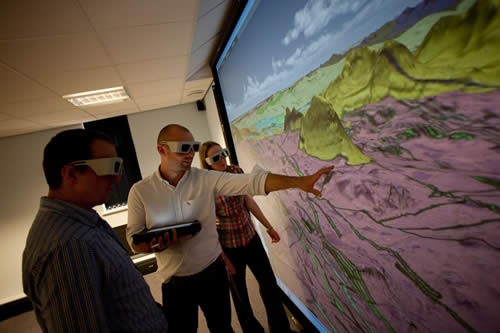
Celebrating 20 years of virtual reality innovation at BGS
08/04/2025
Twenty years after its installation, BGS Visualisation Systems lead Bruce Napier reflects on our cutting-edge virtual reality suite and looks forward to new possibilities.
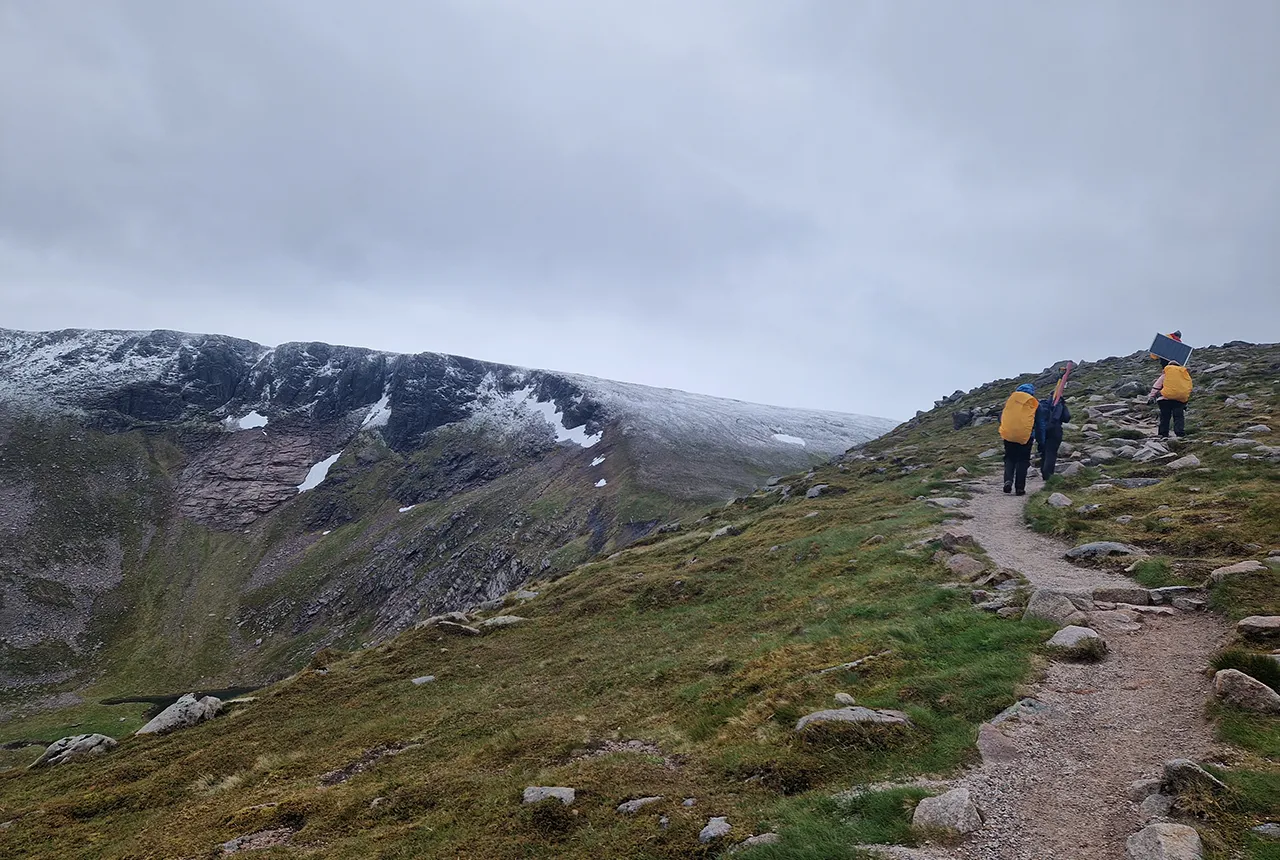
Exploring Scotland’s hidden energy potential with geology and geophysics: fieldwork in the Cairngorms
31/03/2025
BUFI student Innes Campbell discusses his research on Scotland’s radiothermal granites and how a fieldtrip with BGS helped further explore the subject.
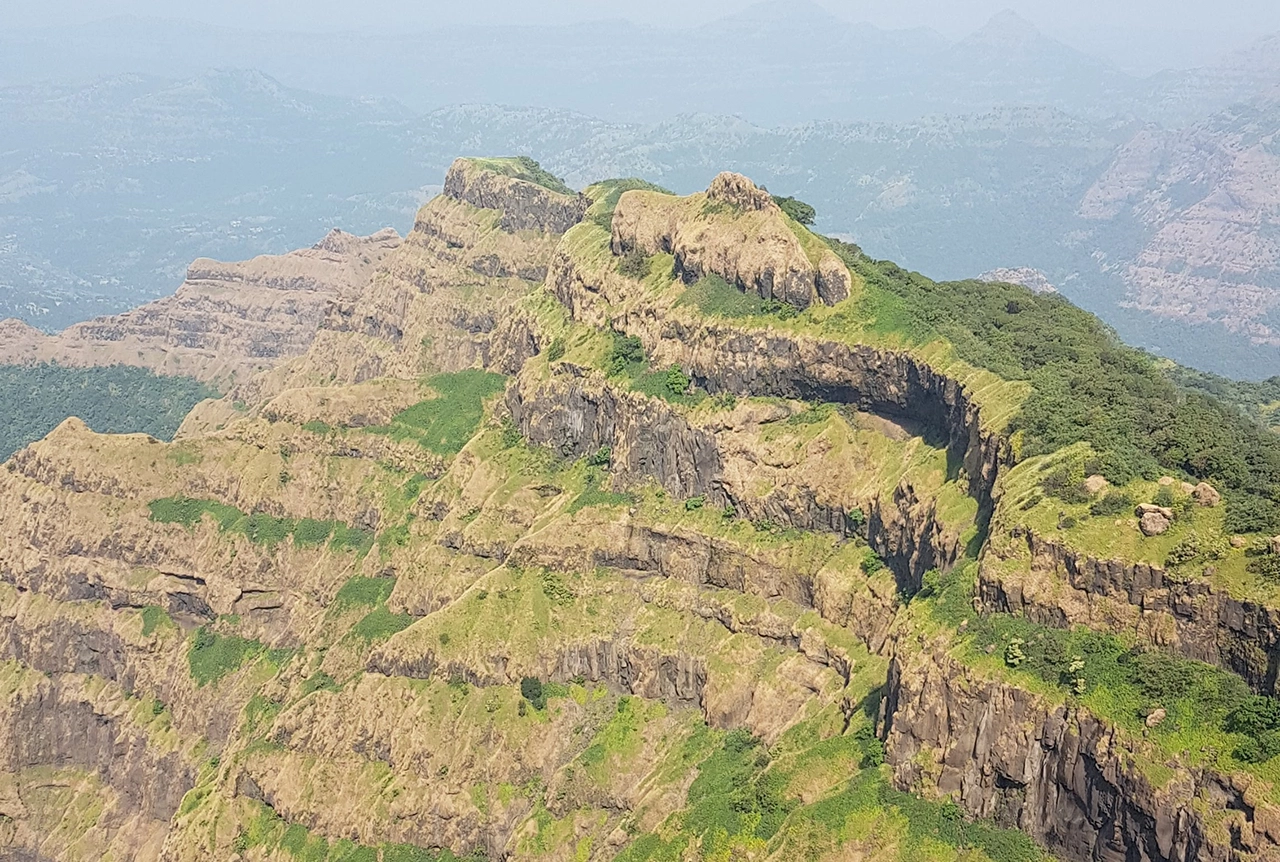
Could underground disposal of carbon dioxide help to reduce India’s emissions?
28/01/2025
BGS geologists have partnered with research institutes in India to explore the potential for carbon capture and storage, with an emphasis on storage.
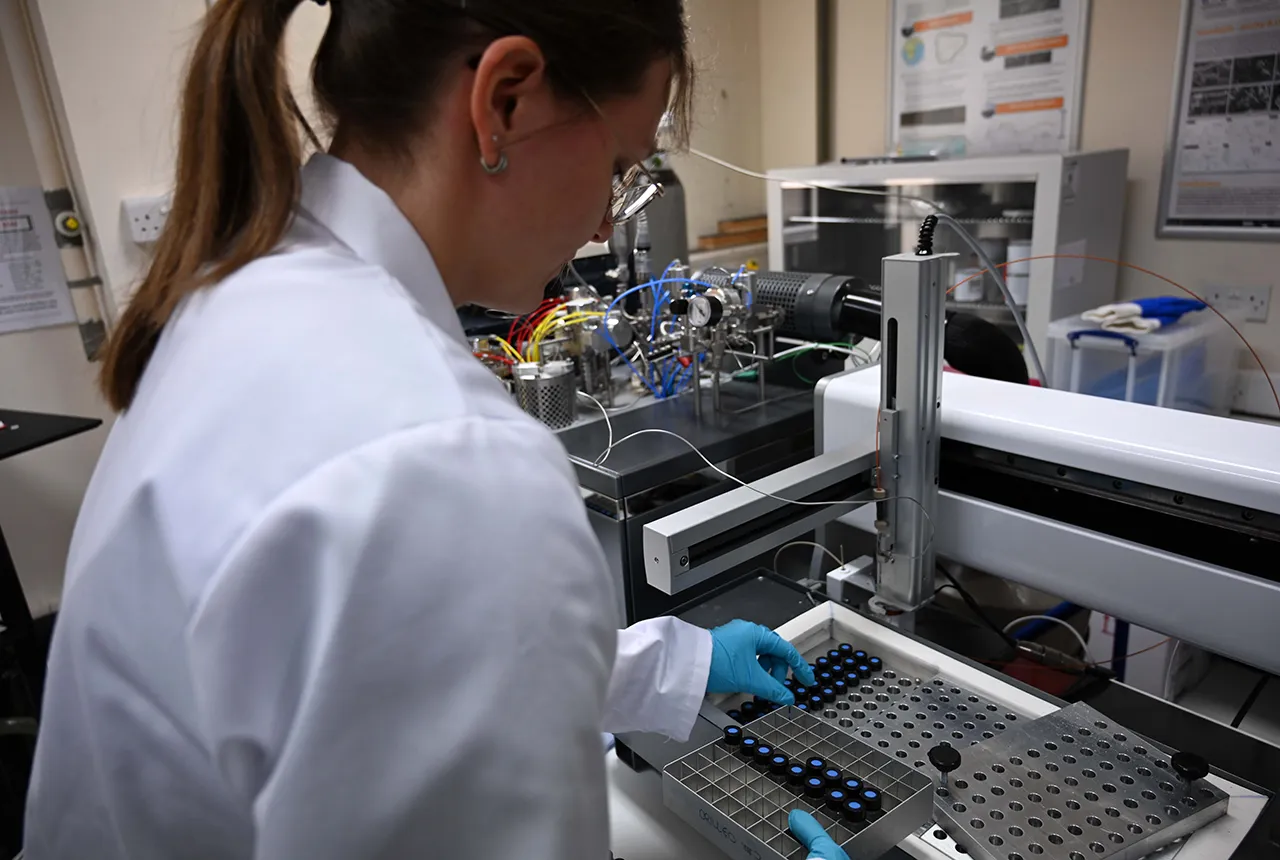
Carbon and oxygen isotope analysis of carbonates and the development of new reference materials
18/12/2024
Dr Charlotte Hipkiss and Kotryna Savickaite explore the importance of standard analysis when testing carbon and oxygen samples.
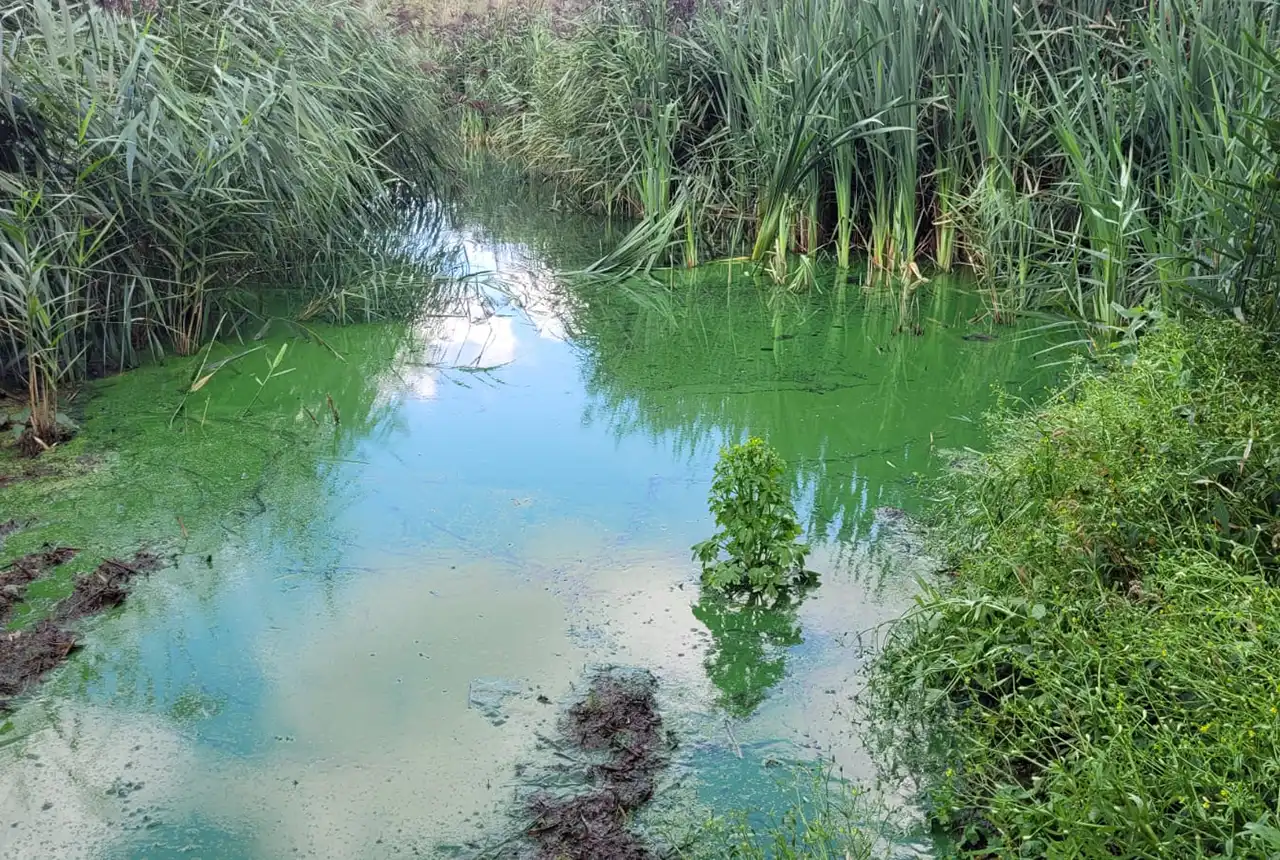
Studying oxygen isotopes in sediments from Rutland Water Nature Reserve
20/11/2024
Chris Bengt visited Rutland Water as part of a project to determine human impact and environmental change in lake sediments.
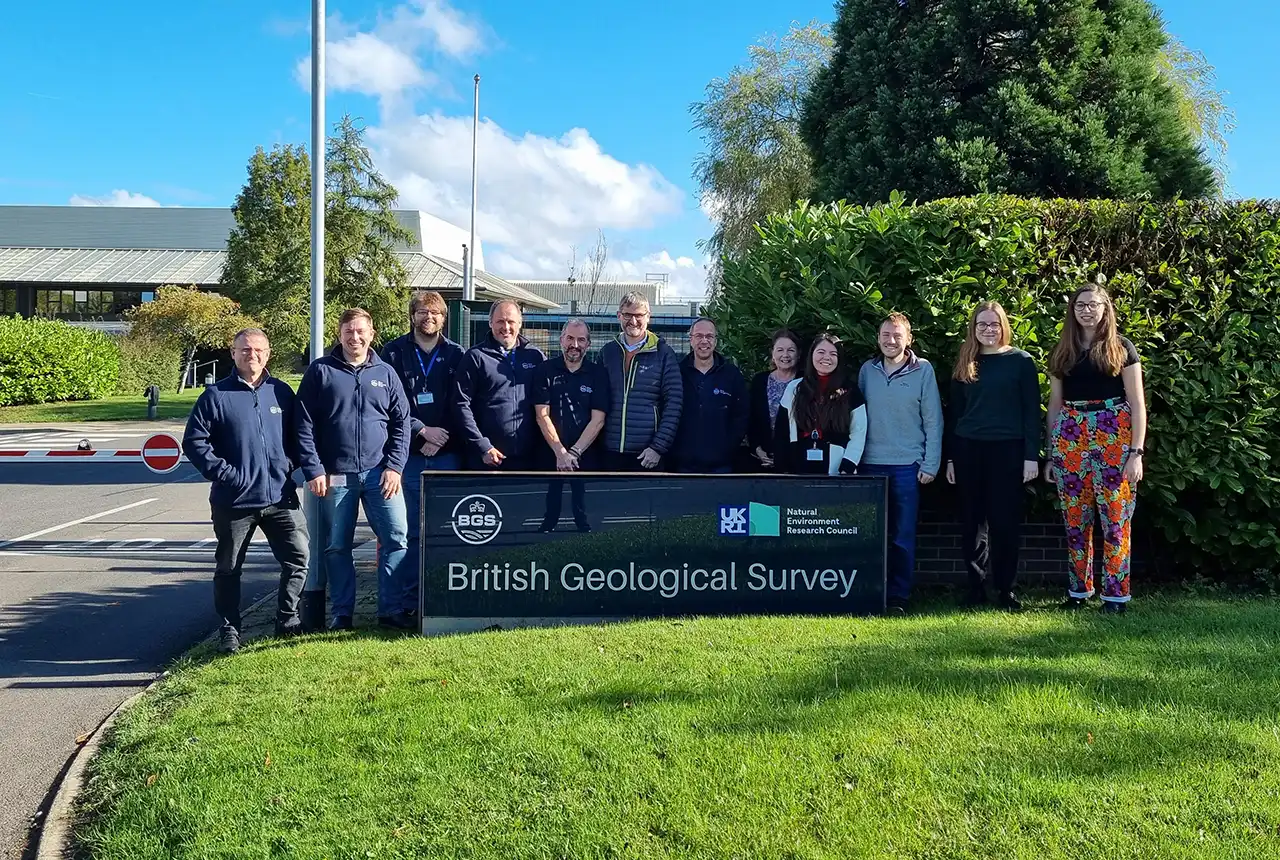
Celebrating 25 years of technical excellence at the BGS Inorganic Geochemistry Facility
08/11/2024
The ISO/IEC 17025 accreditation is evidence of technical excellence and reliability, and a mark of quality assurance.
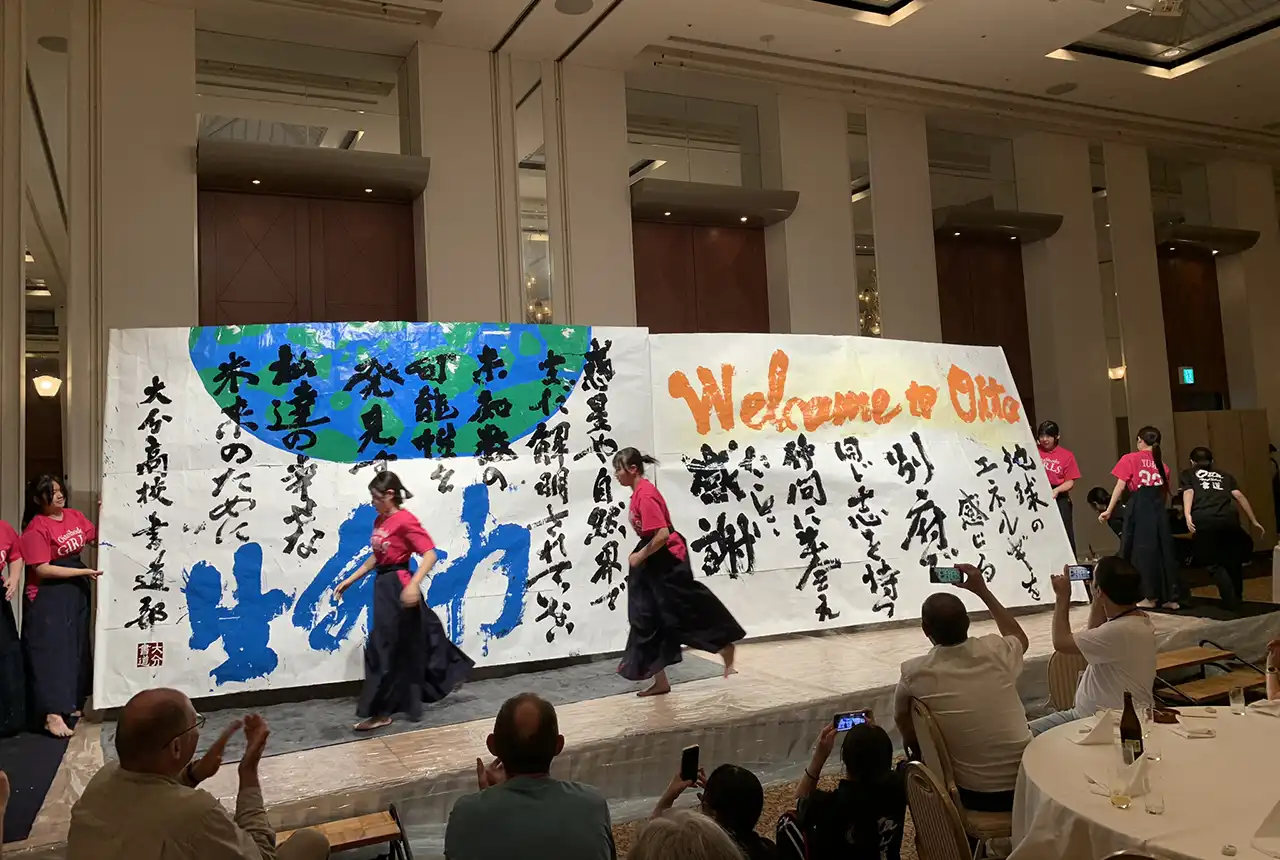
Electromagnetic geophysics in Japan: a conference experience
23/10/2024
Juliane Huebert took in the fascinating sights of Beppu, Japan, while at a geophysics conference that uses electromagnetic fields to look deep into the Earth and beyond.
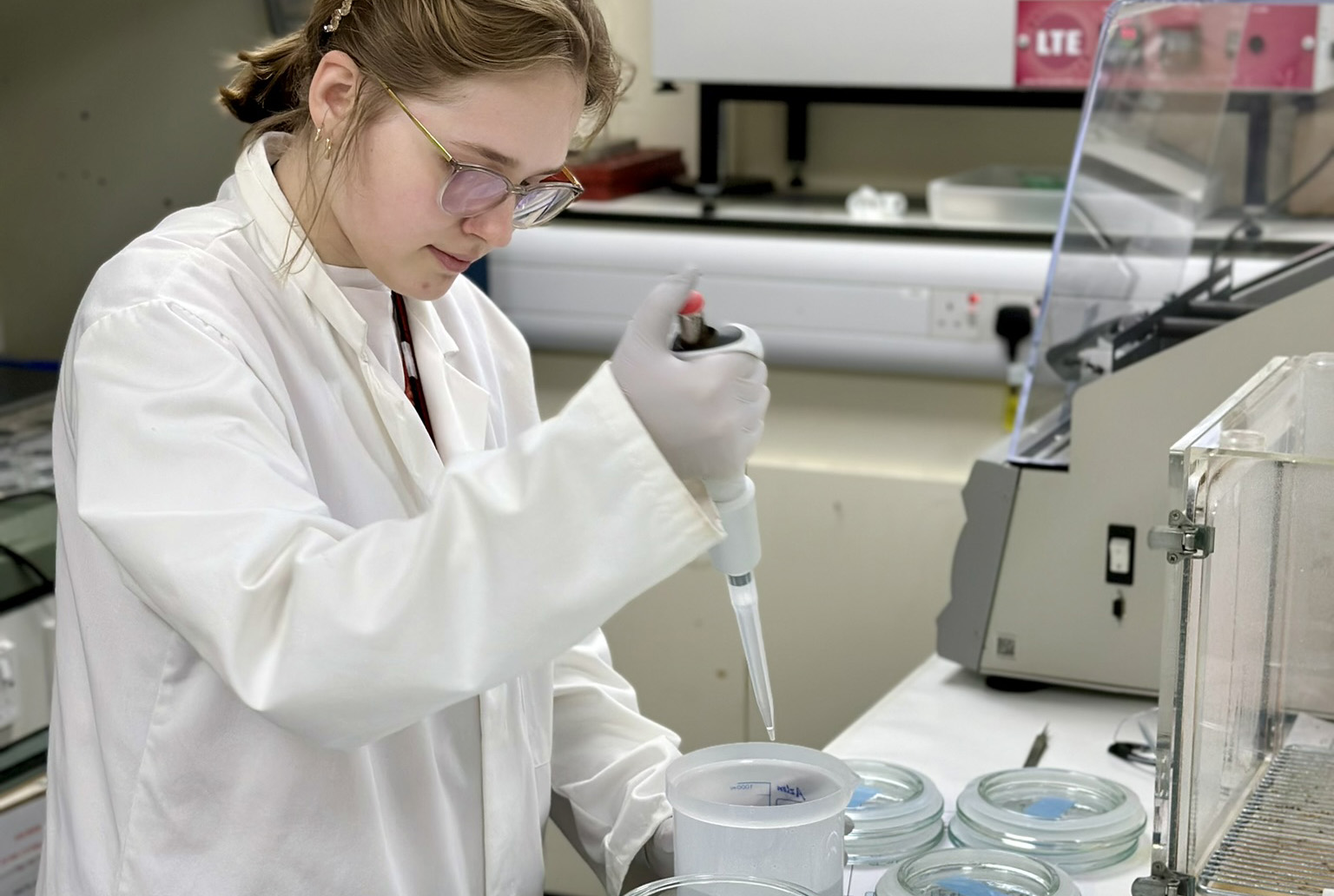
Exploring the role of stable isotope geochemistry in nuclear forensics
09/10/2024
Paulina Baranowska introduces her PhD research investigating the use of oxygen isotopes as a nuclear forensic signature.
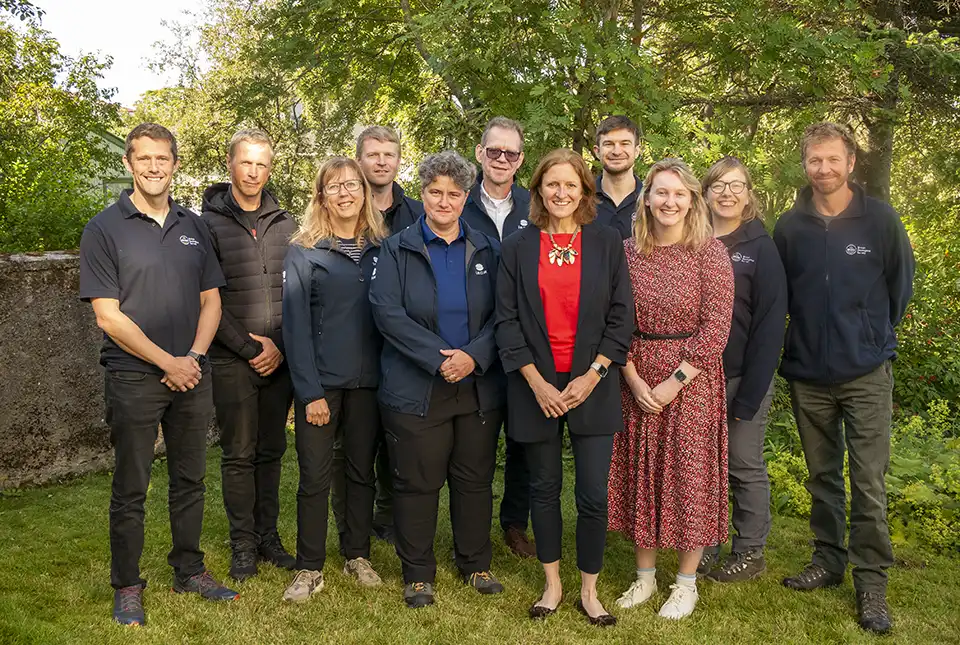
BGS collaborates with Icelandic colleagues to assess windfarm suitability
03/10/2024
Iceland’s offshore geology, geomorphology and climate present all the elements required for renewable energy resources.
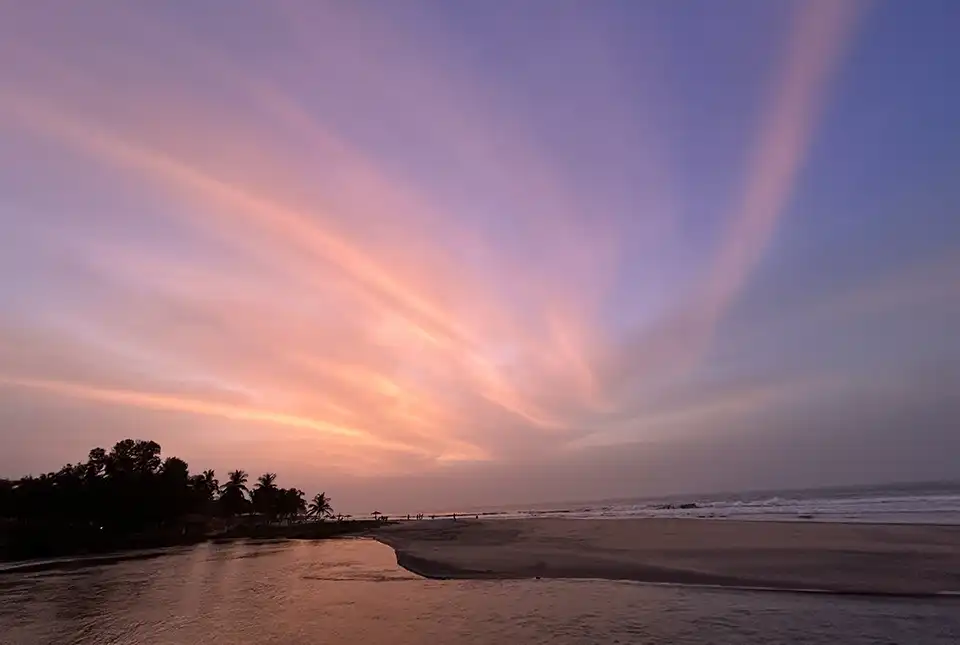
Mining sand sustainably in The Gambia
17/09/2024
BGS geologists Tom Bide and Clive Mitchell travelled to The Gambia as part of our ongoing work aiming to reduce the impact of sand mining.
Footnotes
1. extent of soil redistribution processes
D. E. Walling, A. L. Collins, and H. M. Sichingabula, “Using unsupported lead-210 measurements to investigate soil erosion and sediment delivery in a small Zambian catchment,” Geomorphology, vol. 52, no. 3–4, pp. 193–213, Jun. 2003
2. alternative tracers of soil redistribution
C. Alewell, A. Pitois, K. Meusburger, M. Ketterer, and L. Mabit, “239 + 240Pu from ‘contaminant’ to soil erosion tracer: Where do we stand?,” Earth-Science Rev., vol. 172, no. July, pp. 107–123, 2017
3. mitigation steps tested by colleagues in Tanzania
W. H. Blake et al., “Soil erosion in East Africa: An interdisciplinary approach to realising pastoral land management change,” Environ. Res. Lett., vol. 13, no. 12, 2018



